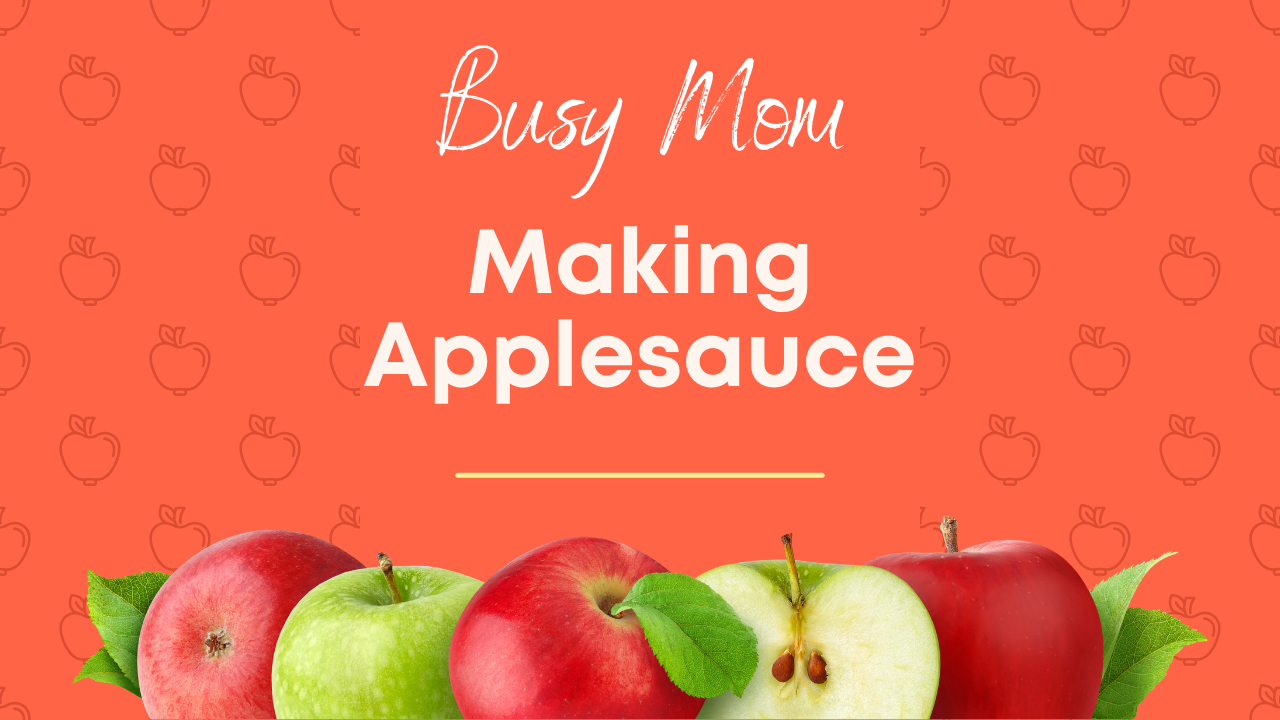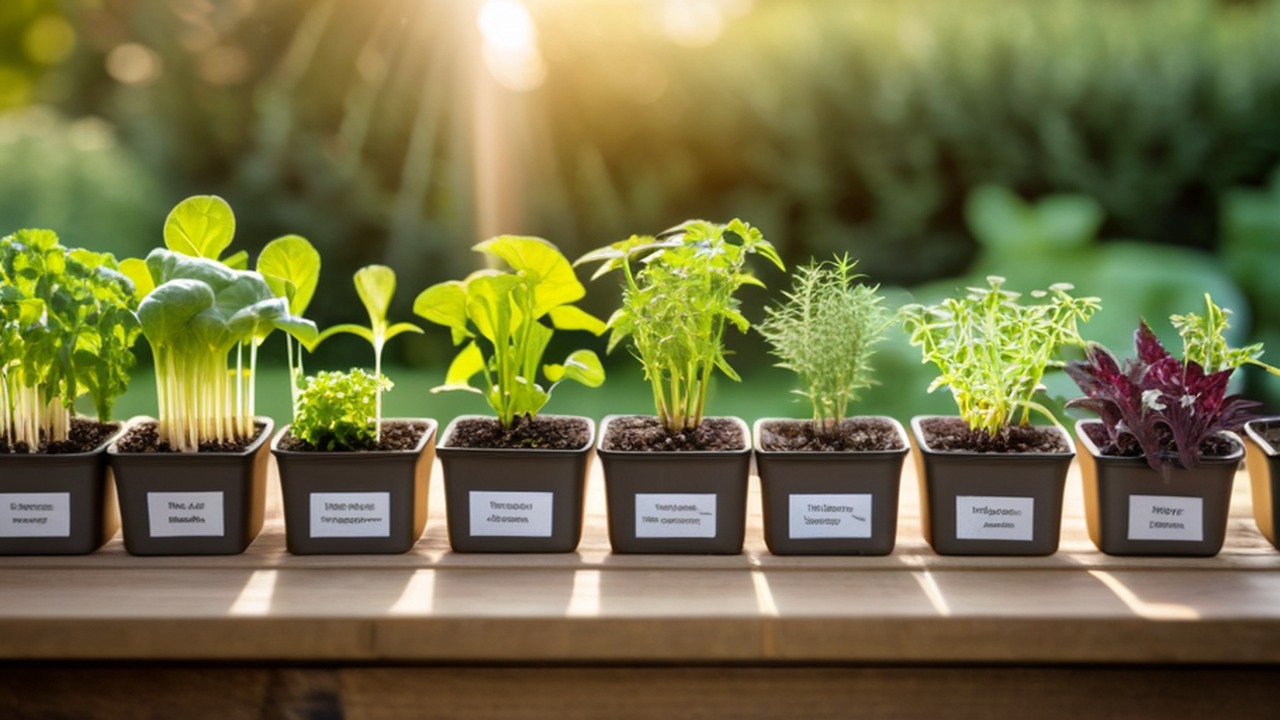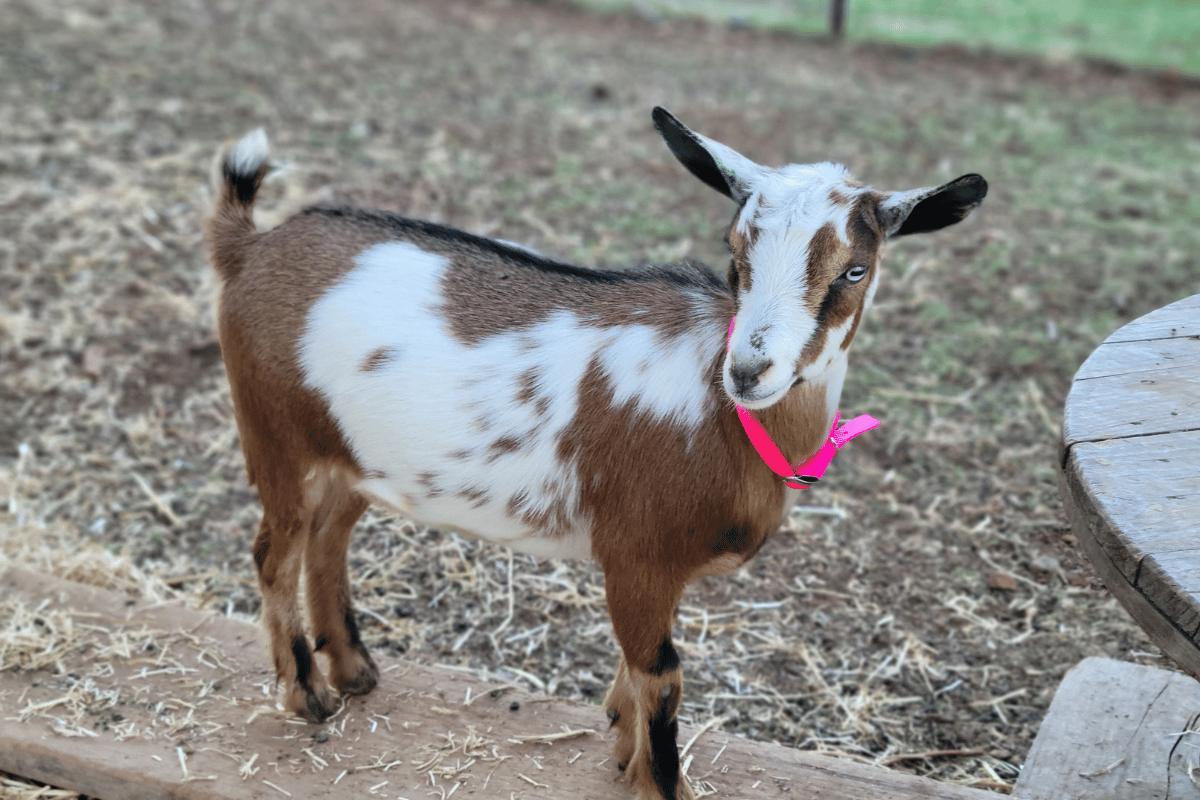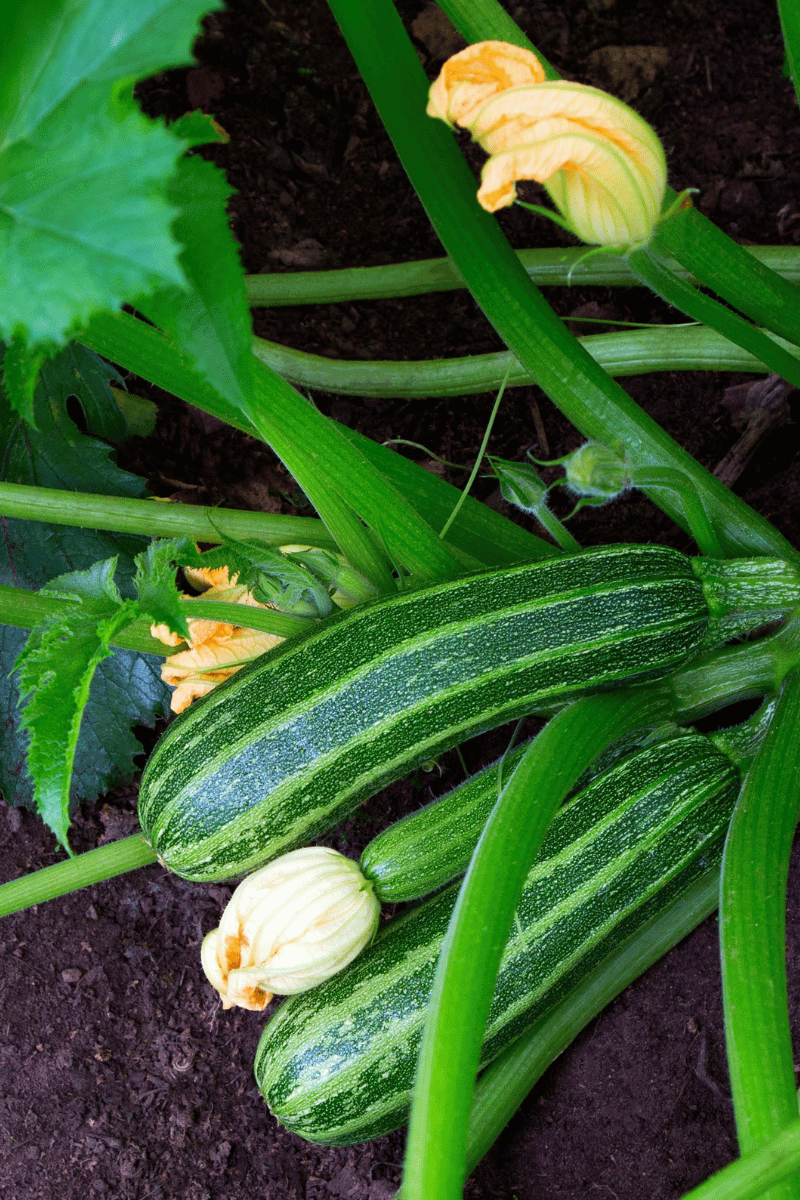The Best Time to Get Chickens: Guide for Baby Chicks
Many first-time chicken owners wonder when the best time to get chickens is. Keeping backyard chickens is an incredibly rewarding experience, offering a steady supply of fresh eggs, a fun hobby, and even a way to teach children about responsibility. However, choosing the best time of year to get chickens is essential for their health and your success as a chicken keeper.
Timing plays a critical role in ensuring young chicks grow into healthy, productive hens. Starting at the right time of year allows for easier care, fewer challenges, and a smoother transition into chicken keeping. This guide is designed to help first-time chicken owners navigate the process of raising chickens, from selecting the perfect time to getting your first batch of chicks settled at home.
Save for Later!
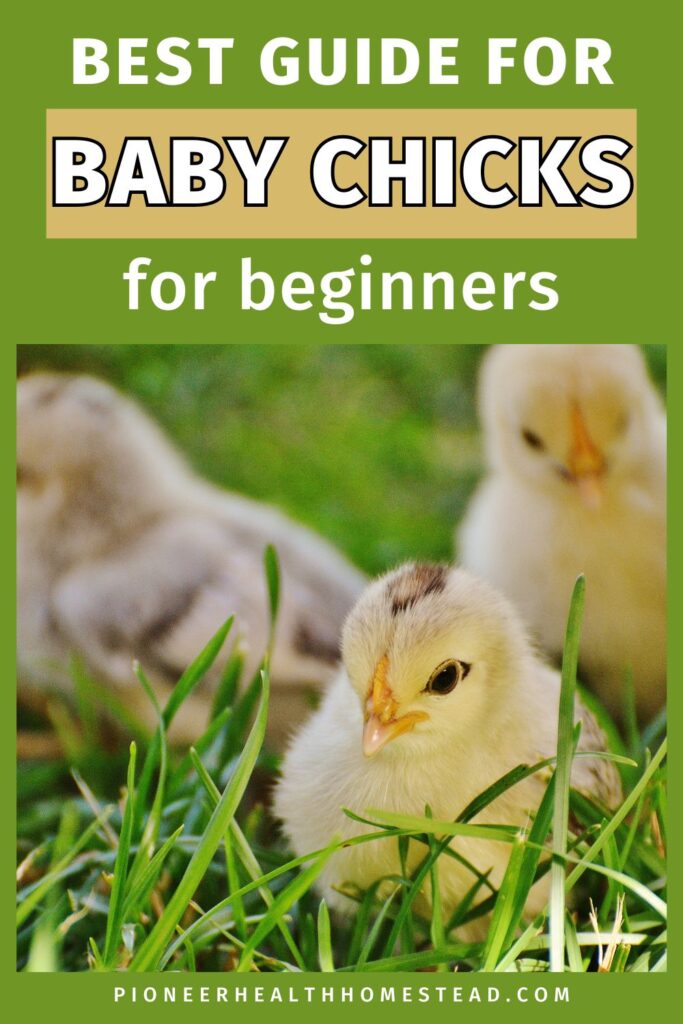
Understanding Your Goals for Getting Chickens
Egg Production: Timing for Fresh Eggs
The best time to get chickens depends on your primary goals as a chicken keeper. If your main goal is egg production, timing is everything. Chickens that start growing in the spring or early summer will typically begin laying eggs by late summer or early fall. In my experience, when getting new chickens for late summer egg production, they will often lay over the winter months and keep me in eggs during a time when older hens may slow down.
Meat Production: Planning for Growth
For those interested in meat production, the breed of birds and the timing of their growth are key considerations. Raising chickens specifically for meat often involves faster-growing breeds that need warm weather and plenty of space. Choosing the right time allows these birds to thrive without requiring excessive care during harsh weather conditions.
Special Care Needs: Tailoring to Your Goals
If special care needs are a factor, such as raising chickens in a colder climate, breed temperament for being around children, or focusing on unique breeds, planning becomes even more important. Your goals will influence everything from the breeds of chickens you choose to the setup of your backyard chicken coop.
Setting Priorities for a Healthy Flock
Understanding your priorities helps ensure your chickens grow into healthy, productive members of your flock. Whether your focus is on fresh eggs, meat production, or maintaining a diverse looking flock, setting clear goals will guide your choices.
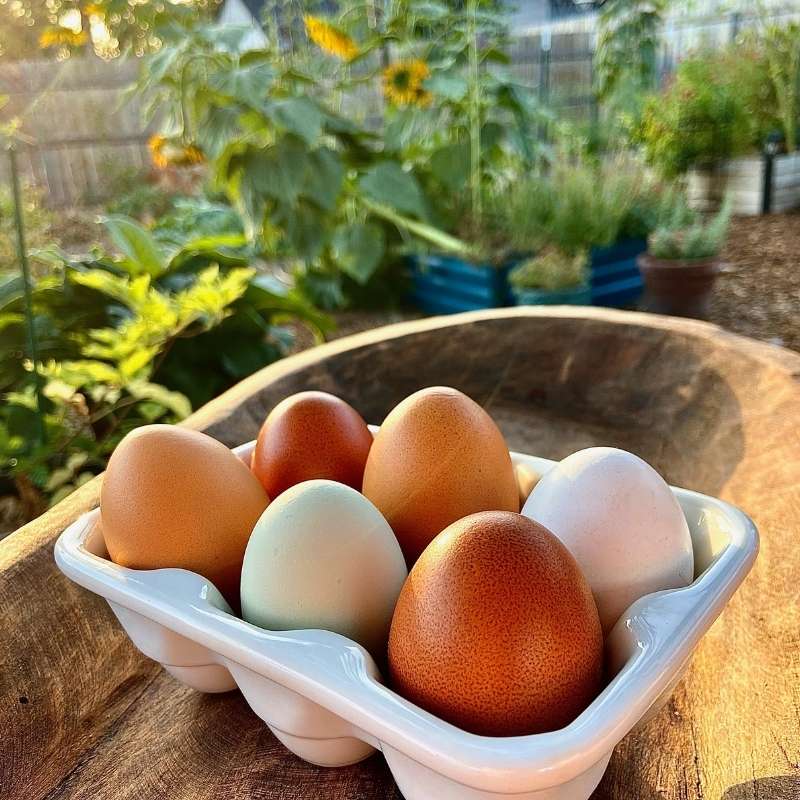
Best Time of Year to Get Chickens
Spring: The Ideal Time for New Chicks
The best time to get chickens is typically early spring to late spring, especially for first-time chicken owners. Spring chicks thrive in the warmer weather and natural light, which support healthy growth and development. This timing also aligns with the natural reproductive cycle of hens and fertile eggs, making it easier to find day-old chicks at local feed stores or through farm supply outlets. Starting in spring gives your young chickens plenty of time to grow and prepare for egg production by late summer or early fall.
Consider Your Local Climate
Your local climate will also play a significant role in determining the best time to get chickens. In regions with extreme cold, starting in early spring may require additional planning to keep chicks warm with a reliable heat source, like a brooder plate or heat lamp. In contrast, areas with intense summer heat can make late spring or early summer a better choice to avoid heat stress. These personal challenges posed by extreme cold or heat should guide your decision and preparation for raising young chicks.
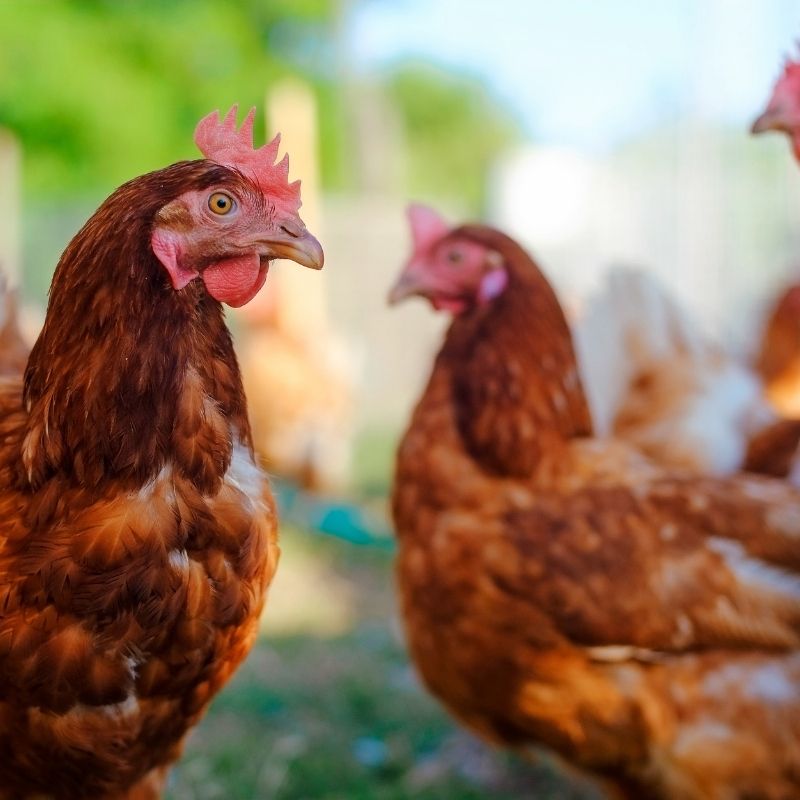
Challenges of Starting in Cooler Months
Starting in the cooler months, like late summer or winter months, comes with unique challenges. New chicks require a consistent heat source to maintain the proper brooder temperature. While late summer chicks can still grow into productive layers, they need special care as temperatures drop. Winter months are even trickier, requiring careful attention to both brooder setup and the overall environment to prevent cold stress.
Weather Conditions and Chicken Health
Weather conditions also play a significant role in raising healthy chickens. Avoiding the extremes of hot summers or cold winter weather is essential for young chicks’ survival. Extremely hot weather can cause stress and dehydration, while cold temperatures demand more energy from chicks to stay warm. Considering your local climate and seasonal weather conditions will help you choose the best time of year for raising baby chicks successfully.
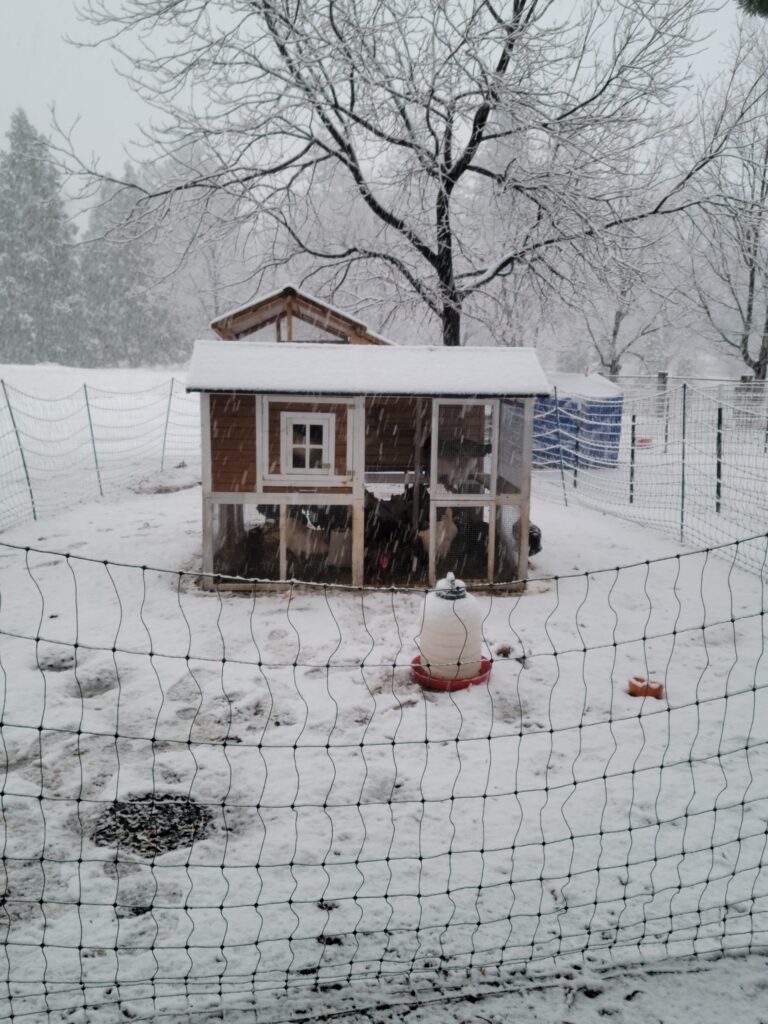
Preparing for Your First Batch of Chicks
Start Small with Your First Flock
Starting with your first batch of chicks is an exciting and rewarding experience. A good way to begin is with a small flock of 4–6 young chicks. This manageable number allows you to learn the ropes of chicken keeping without feeling overwhelmed.
Plan for Available Space
Before bringing home baby chicks, make sure you have enough available space. Indoors, each chick will need at least 2–3 square feet in their brooder. Once they grow, they’ll need much more room in the chicken run to explore and stay healthy. Ensuring your space is ready beforehand helps prevent overcrowding, which can lead to stress or health issues.
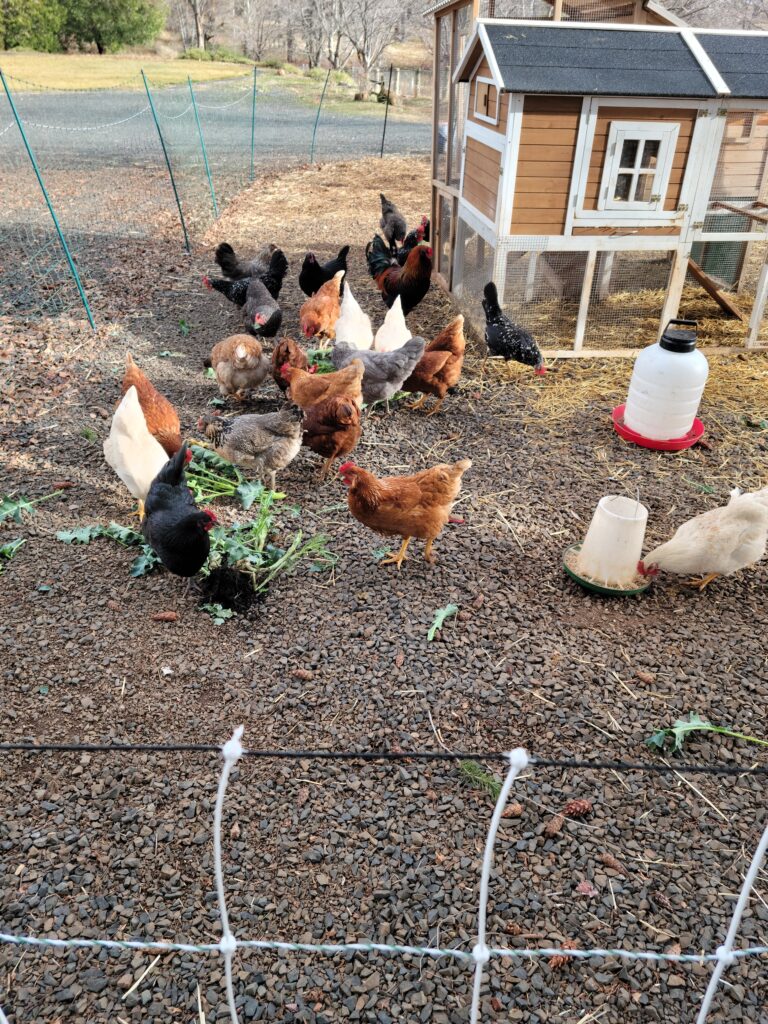
Setting Up the Brooder
Your brooder setup is the heart of chick care during those early weeks. A cardboard box, hardware cloth, or a premade brooder works well, lined with wood shavings for bedding. Proper brooder temperature is essential—start at 95°F for the first week and lower it by 5°F each week as chicks grow. Providing a reliable heat source, such as a light bulb, heat lamp, or brooder plate, will keep them warm and thriving.
I prefer heat plates, as shown below because they are much safer and more temperature-controlled than heat lamps.
The brooder container I use is a large stock tank. The baby chicks will start jumping out of anything shallow very quickly and require a new area sooner than later.
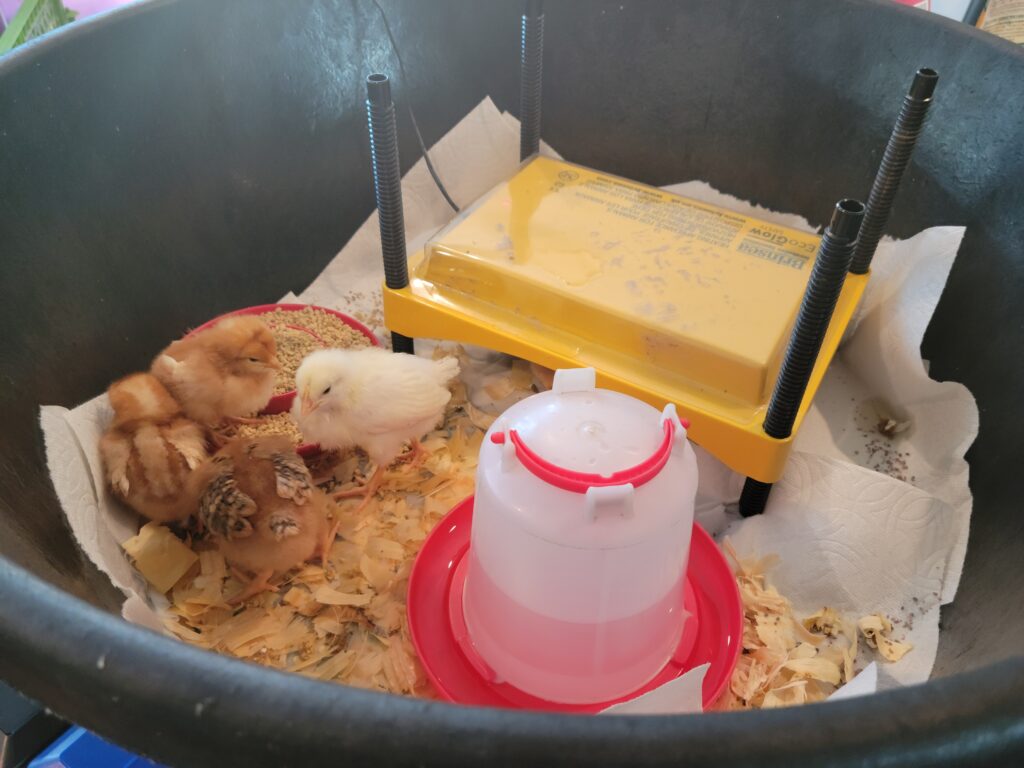
Stock Up on Essentials
It’s also a good idea to stock up on essentials like chick feed, clean water, and a secure chicken wire setup. Baby chicks grow quickly, and they’ll soon outgrow their indoor brooder.
Prepare the Coop in Advance
Having the backyard chicken coop prepared and secured from predators before getting your chicks is crucial. This not only ensures their safety but also gives them more room to roam as they mature. With a well-thought-out plan and the right supplies, you’ll set yourself up for a successful start in chicken keeping.
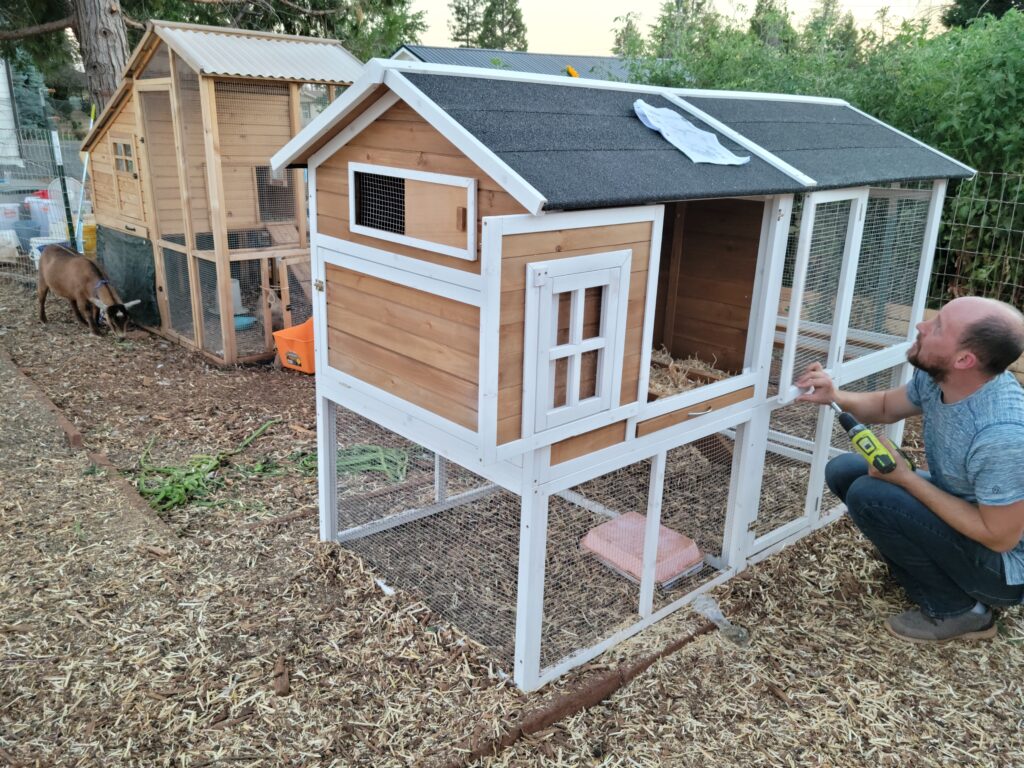
Choosing the Right Breeds of Chickens
Consider Your Main Goal: Egg Production, Meat Production, or a Diverse Flock
When choosing the right breeds of chickens, it’s crucial to align your selection with your main goal. Whether you’re focused on egg production, meat production, or creating a diverse-looking flock, your goal will guide your decision on which breeds to choose.
Breeds for Egg Production
If your primary goal is egg production, there are specific breeds that are well-known for their consistent laying abilities.
Leghorns
Leghorns are hardy layers, regularly producing large white eggs. They thrive in warmer conditions and are a top choice for egg production.
Red Stars
Red Star hens are another excellent choice, known for their prolific egg-laying and friendly temperament. They lay brown eggs consistently.
Wyandottes
Wyandottes are reliable for egg production, providing medium-sized brown eggs and being hardy in colder climates, making them a versatile option for different regions.
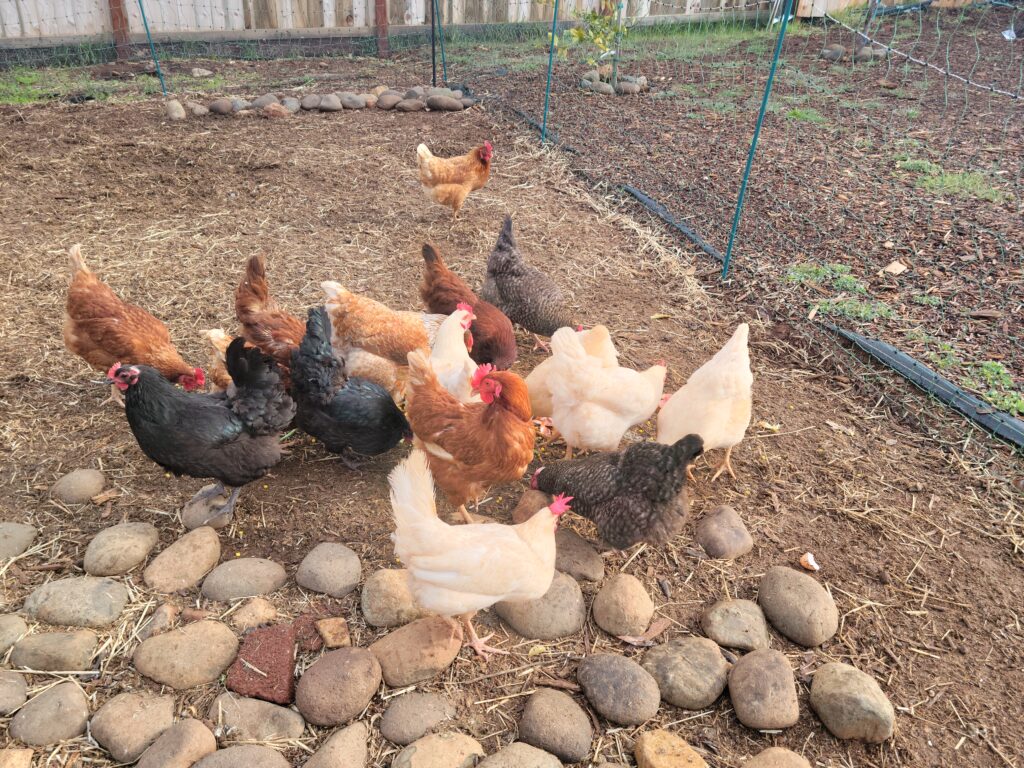
Breeds for Meat Production
For those focused on meat production, it’s important to select breeds that grow quickly and offer a good feed-to-meat ratio.
Plymouth Rock
Plymouth Rock is an ideal choice for meat production. They grow at a moderate pace and provide a substantial amount of meat. They’re also adaptable to colder climates, which adds versatility to their use in different regions.
Breeds for a Diverse Flock
If your goal is a colorful flock with varying personalities, mixing breeds is a great option. A diverse flock adds visual appeal and can make chicken keeping more enjoyable.
Buff Orpingtons
Buff Orpingtons are known for their friendly nature and large brown eggs. Their calm temperament and stunning golden plumage make them a charming addition to any flock.
Americaunas/Olive Eggers
Americaunas/Olive Eggers are perfect for adding variety to your flock. Known for laying blue or green eggs, they bring a unique touch with their playful nature and various plumage colors, enhancing your flock’s diversity.
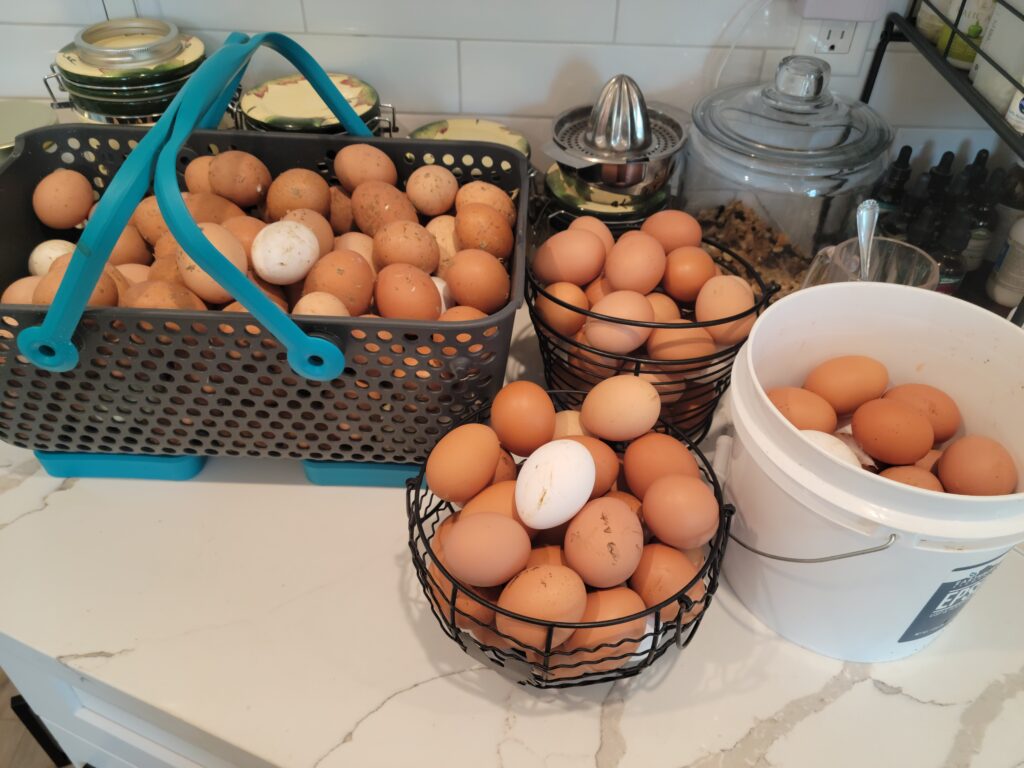
Creating a Colorful and Productive Coop
Mixing different breeds can provide both practical benefits and visual appeal. By selecting breeds that offer a variety of egg colors, temperaments, and personalities, you’ll create a vibrant and engaging coop. Whether you’re looking for efficient egg layers or simply enjoy a diverse flock, choosing the right breeds ensures your chickens thrive.
When Baby Chicks Grow Up
Milestones of Maturing Chickens
As baby chicks grow, they progress through various developmental stages, each with its own set of milestones. From the moment they hatch as day-old chicks, they undergo rapid changes. The journey from chicks to point-of-lay hens takes several months, and during this time, your chickens’ needs will evolve, particularly in terms of space, diet, and care.
Early Weeks: The First Signs of Growth
In the first few days, chicks are fragile and dependent on warmth and care. By the time they are around 6 weeks old, they begin to grow their feathers. The soft, fuzzy down they were born with is replaced by adult feathers, which will continue to grow throughout their early months. At this stage, chicks are still quite small but are developing the muscle and bone structure that will support them as adults.
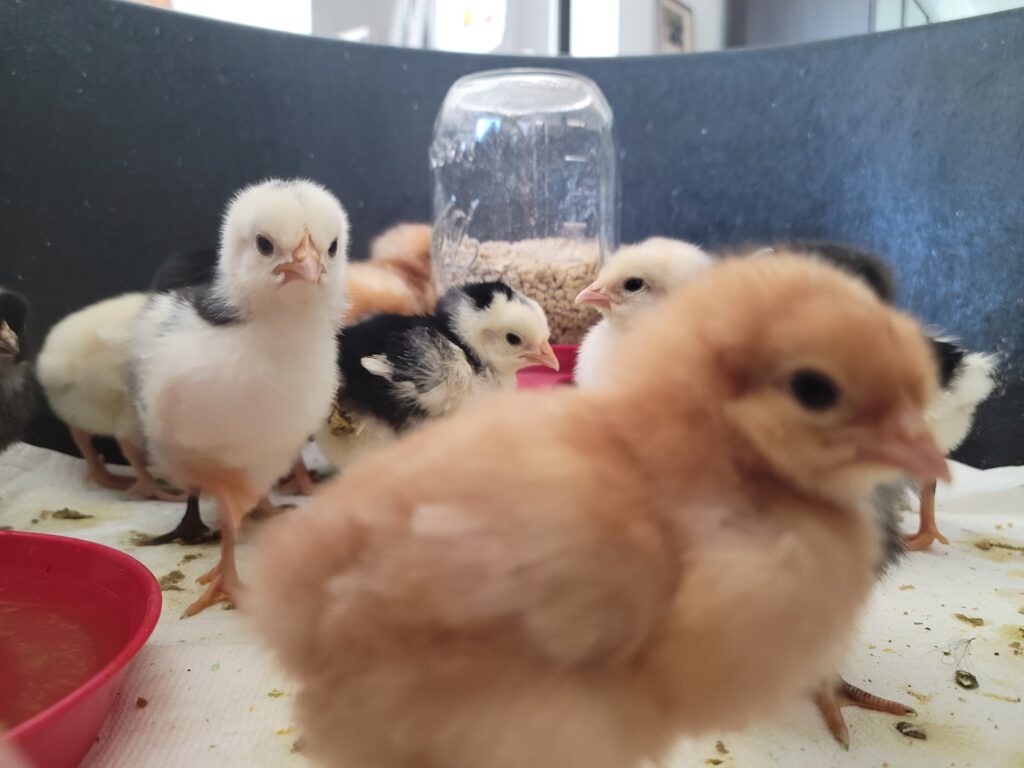
8 Weeks: Growing Independence
By 8 weeks of age, your chicks will start to resemble adult chickens. The transition from tiny chicks to young birds is noticeable as they grow more feathers, and their size increases significantly. At this stage, they also begin to become more independent, testing their wings and exploring more. As they continue to grow, their space needs become more apparent, and you’ll likely need to move them to a larger brooder or even an outdoor run if they’ve been kept indoors.
12 Weeks: Increased Space Needs
As your chickens approach 12 weeks, their activity levels and physical size will increase, requiring even more space. By now, they’ll be outgrowing their indoor brooder or small pen. It’s important to provide them with ample room to move around and socialize. At this age, chickens may start exhibiting more assertive behaviors as they begin to establish a pecking order within the group. Larger space will help prevent overcrowding and stress, which can lead to behavioral issues or health problems.
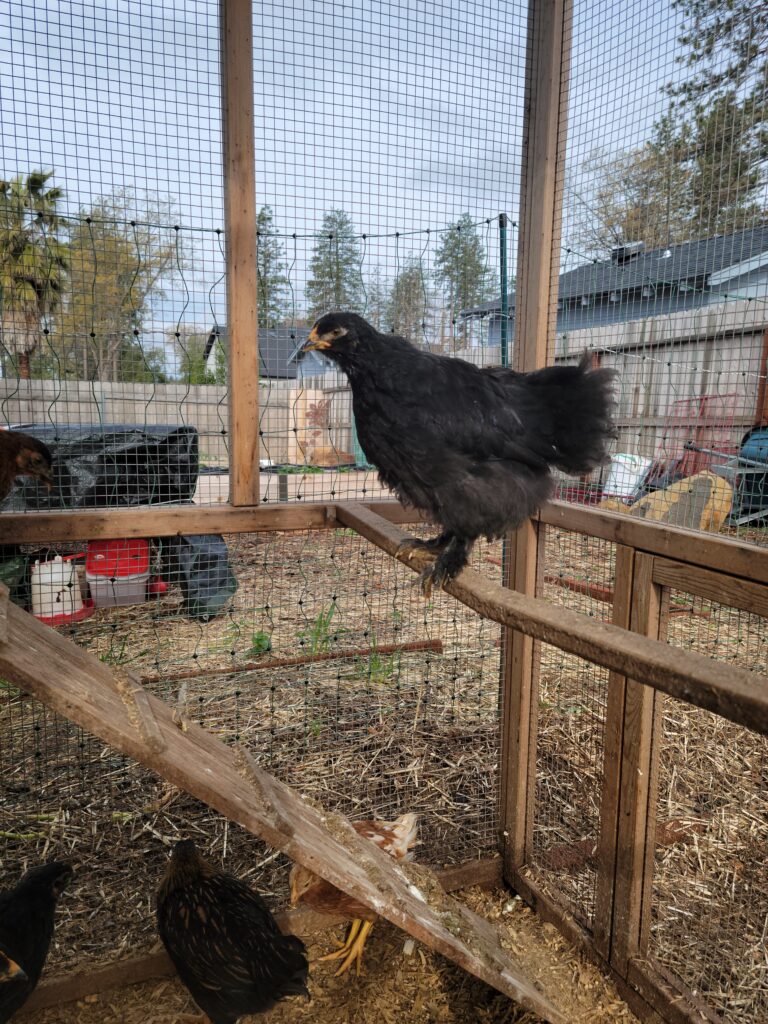
16-18 Weeks: Sexual Maturity and Preparing for Egg Production
By 16 to 18 weeks, your chickens will reach sexual maturity. The timing of this varies slightly depending on the breed, but most chickens will begin to exhibit signs of readiness to lay eggs. Some hens do not lay until 20 weeks or later, however. If you want eggs as soon as possible, double-check the estimated egg production time when buying chicks. Hens will often show physical changes such as redder combs and wattles, and you may notice more vocalizations or nesting behaviors as they approach the point-of-lay stage.
At this point, they will need even more space as they transition to their adult environment. It’s crucial to have a secure chicken coop ready, providing enough room for them to roost comfortably and lay eggs. A general guideline is to have at least 2-3 square feet per bird inside the coop and 8-10 square feet per bird in the run, allowing for enough room to prevent overcrowding and ensure they can move freely.
Nutritional Needs During Growth
As your chicks mature, their nutritional needs will also change. At first, they require chick starter feed, which is high in protein to support their rapid growth. Once they approach 8 weeks, you can switch them to a grower feed, which has a lower protein content but still supports healthy bone and muscle development. Around 16 weeks, it’s time to introduce layer feed, which provides the necessary nutrients for egg production, such as calcium, which helps strengthen eggshells.
Preparing for Full Maturity
By the time your chickens reach 20-24 weeks, they will be fully matured and ready to lay eggs. Their combs and wattles will be larger and brighter, and you may start to see them choosing nesting spots or even laying their first eggs. At this stage, they will need the full setup of a secure coop with proper nesting boxes and easy access to fresh water and food. Proper space, feeding, and care during these milestones will ensure that your chickens grow up to be healthy and productive layers.
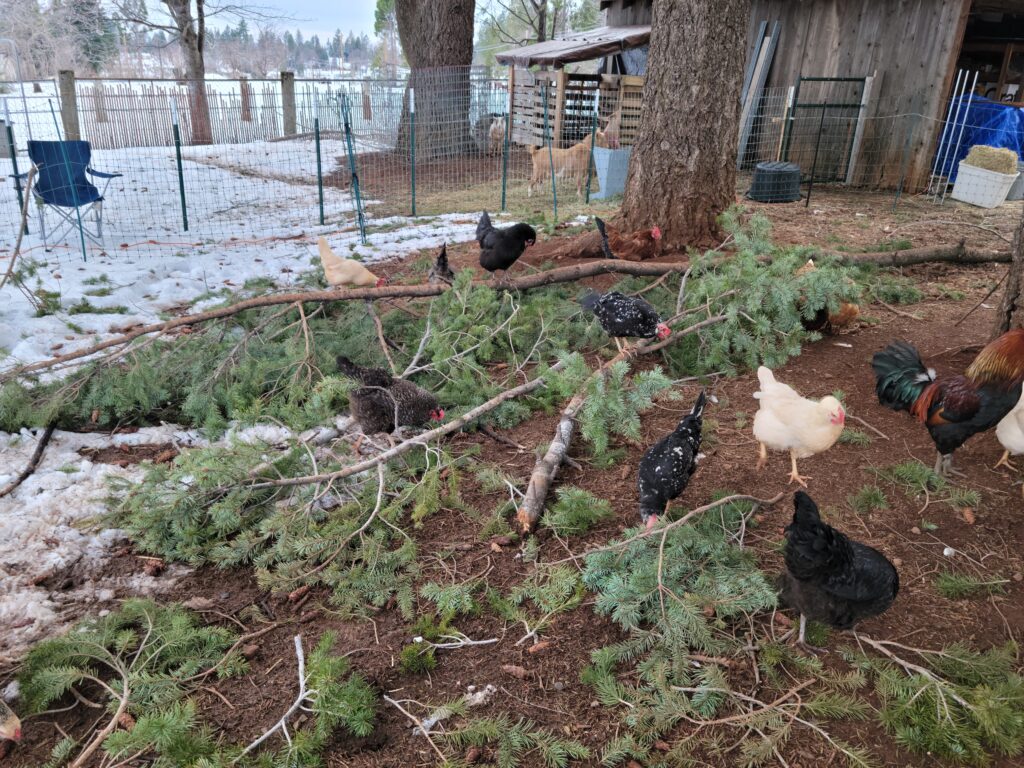
Timing and Readiness for Spring Egg Production
The timing of when you get your chicks plays a key role in their readiness for the next spring’s egg production. Chicks that are raised during the spring or early summer months typically reach maturity by the following spring, when they can start laying eggs regularly. By starting early enough in the year, you’ll ensure your hens are ready to begin their egg-laying cycle in time for the warmer months.
Care Tips for Healthy Chickens
Proper care is essential to keep your chickens healthy and happy as they grow. Meeting their daily needs, preventing common issues, and providing a safe, comfortable environment are key to ensuring a thriving flock.
Daily Needs: Fresh Water, Proper Feed, and Regular Cleaning
A consistent routine is crucial to maintaining the health of your chickens. Every day, provide fresh, clean water. Chickens are high water drinkers, especially during warm weather, so it’s important to change their water regularly to prevent contamination.
Feed your chickens the appropriate diet based on their age and purpose (e.g., layer feed for hens). Ensure that their food is available at all times and that the feed is kept clean and dry to prevent spoilage. In addition to their main diet, chickens will benefit from occasional treats such as vegetables, grains, or mealworms, but these should not replace their balanced feed.
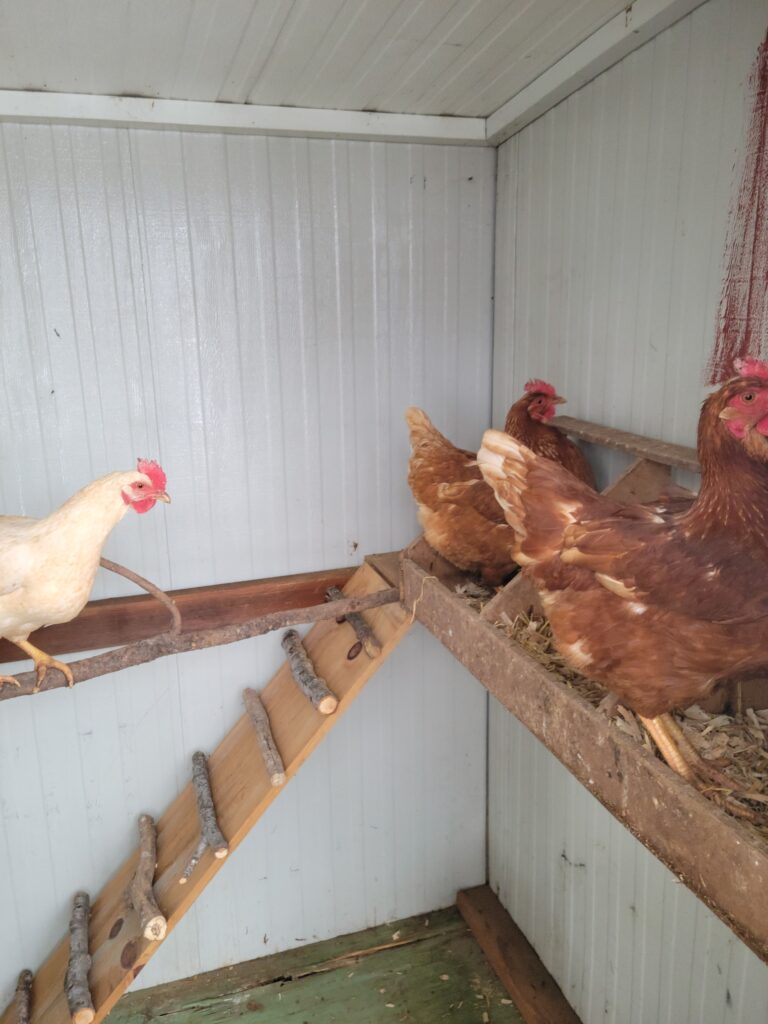
Daily coop cleaning is also a vital part of maintaining chicken health. Clean out old bedding, remove any waste, and check for any signs of pests. Keeping the coop tidy will help prevent the buildup of harmful bacteria or parasites that could lead to health problems.
Preventing Issues: Avoiding Red Mites and Other Pests
Red mites, lice, and other pests can be a serious concern for chickens if left unchecked. To prevent these issues, regular cleaning of the coop is essential. Remove old bedding, and use a natural disinfectant or cleaning solution to sanitize the coop.
You should also inspect your chickens regularly for signs of pests. Look for changes in their feathers, skin irritation, or unusual behavior, which could indicate an infestation. If you do discover mites or lice, you can treat your chickens using natural remedies, like diatomaceous earth, or consult with a vet for the best treatment options.
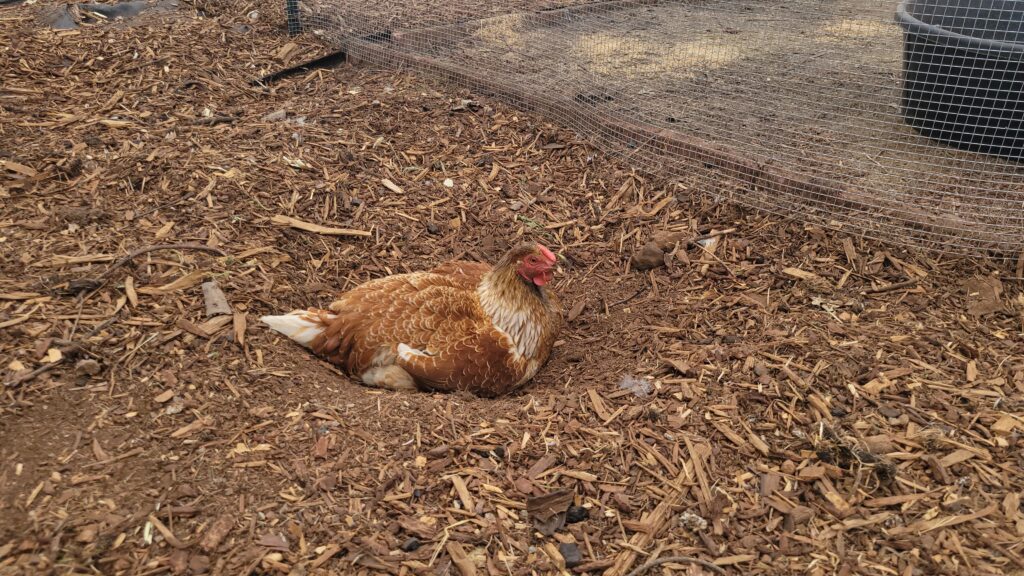
Providing Dust Baths for Health and Hygiene
Chickens naturally take dust baths to help maintain their hygiene and prevent external parasites like mites. Make sure to provide a designated area with fine, dry dirt or sand where your chickens can roll around and keep their feathers clean. If natural dust baths aren’t readily available in your backyard, you can create a simple dust bath in a shallow container filled with sand, dirt, and wood ash.
Dust bathing is also a fun, natural behavior that chickens enjoy, so it serves as both a hygiene practice and a source of enrichment for your flock.
Ensuring Sufficient Room with Chicken Keeping Standards
As your chickens grow, it’s important to provide them with enough space to move around freely and express natural behaviors. Overcrowding can lead to stress, aggression, and health issues, so it’s crucial to meet the chicken-keeping standards for space.
For small flocks, a minimum of 2-3 square feet per bird inside the coop is recommended, with 8-10 square feet per bird in the outdoor run. Chickens also need plenty of space to roam and scratch, which is essential for their mental and physical well-being. If you’re keeping a larger flock, you’ll need to adjust these space requirements accordingly.
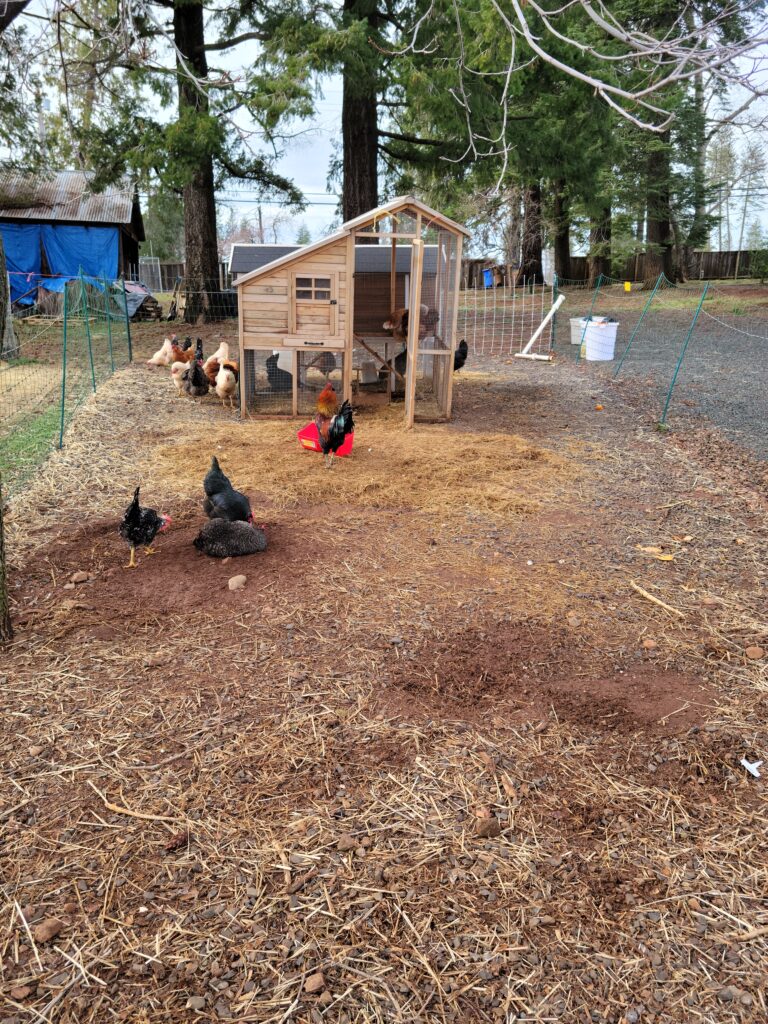
By maintaining these basic care practices and meeting the needs of your chickens, you’ll have a healthy, happy flock that can thrive and produce eggs or meat for years to come.
Final Thoughts for First-Time Chicken Owners
Early Spring: The Perfect Time for Your First Chicks
Raising chickens is a rewarding and fulfilling experience, and choosing the right time to begin is key to ensuring your success as a chicken owner. Early spring is the perfect time for first-time chicken owners to get started with chicks. The warmer weather, longer days, and natural cycles of the season help young chicks thrive, providing a strong foundation for your flock. By starting in the spring, you give your chickens plenty of time to grow and mature before the colder months arrive.
Planning and Preparation Are Key
Planning and preparation are essential when raising chickens. From selecting the right breeds to setting up a safe, comfortable living space for your flock, taking the time to plan ensures that your chickens have everything they need to thrive. Don’t hesitate to visit local farm supply stores or feed stores to gather supplies and get advice from experienced chicken keepers. These resources can offer valuable insights and help you set up your chicken coop and care routines properly.
The Rewards of Raising Chickens
Raising chickens can be a deeply rewarding endeavor, offering fresh eggs, the joy of caring for animals, and a greater connection to sustainable living. While it may require some time, effort, and commitment, you’ll quickly find that your chickens bring you great satisfaction. Whether it’s gathering your first eggs or watching your chickens grow into beautiful, productive hens, the experience will be incredibly worthwhile.
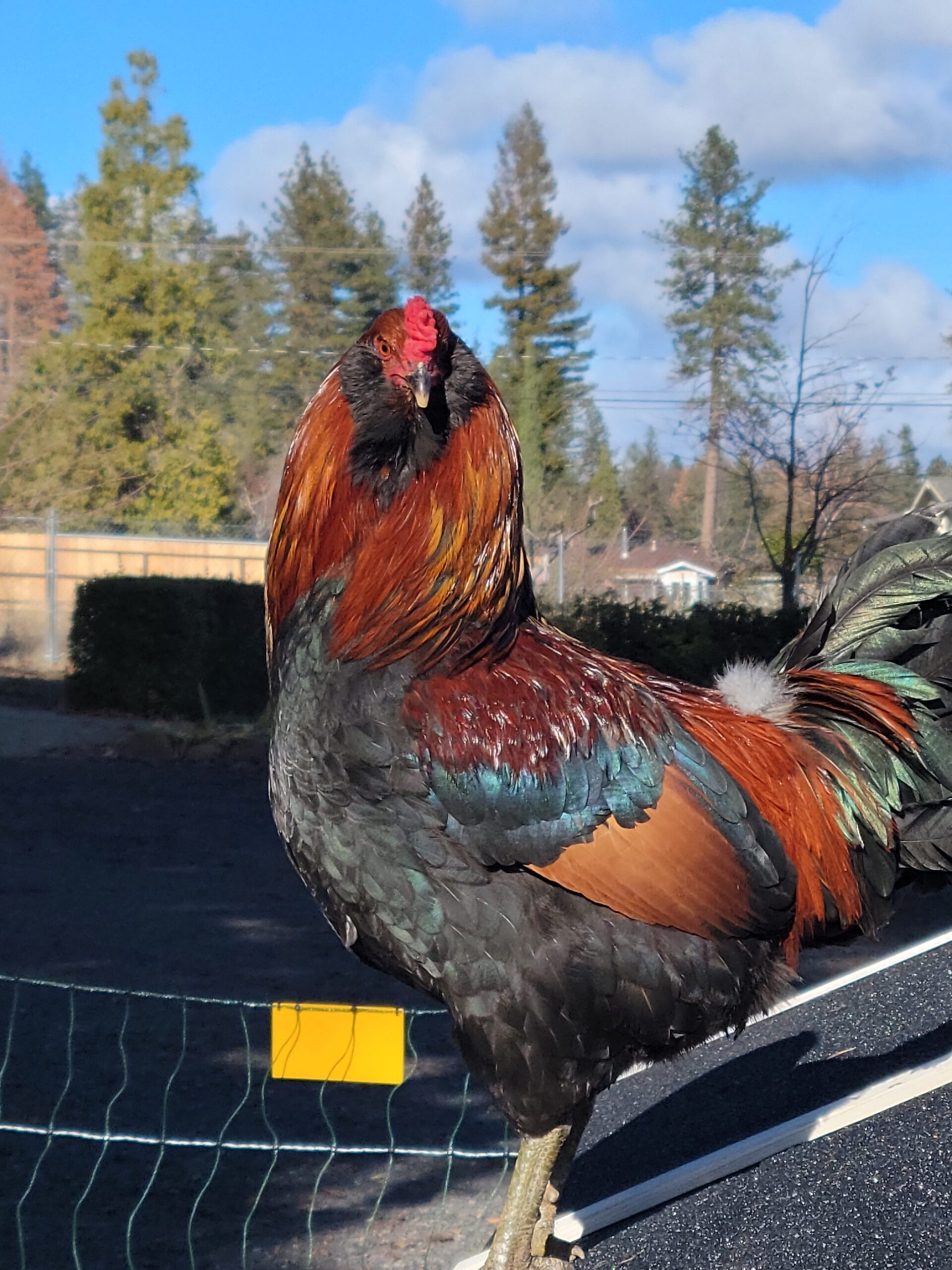
Chicken Math: The Joy of Having More
How Chicken Math Works
One thing that often surprises new chicken owners is the phenomenon known as “chicken math.” It’s a playful term used to describe how, over time, you may find yourself with more chickens than you originally planned. It starts innocently enough—just a few chickens for eggs, and maybe you want a colorful mix of breeds to enjoy their unique personalities. However, before long, you may find yourself intrigued by different egg colors, different breeds, and the possibility of having a variety of chickens in your backyard.
Falling in Love with More Breeds
You’ll see the beautiful eggs that some breeds lay, like the blue or green eggs from Americaunas or Olive Eggers, and you may find yourself thinking, “Well, I should get some of those!” Then, as you learn more about different breeds’ personalities, you may want a few more with unique traits, like the friendly Buff Orpingtons or the hardiness of Wyandottes in colder climates.
Preparing for a Larger Flock
Soon, your small flock can quickly multiply, and what started as a simple setup for fresh eggs can turn into a bustling backyard full of different breeds, colors, and personalities. While chicken math can lead to an unexpectedly large flock, it’s all part of the joy and adventure of chicken keeping. Just be prepared for the many delightful surprises (and possibly extra space) that come with it!
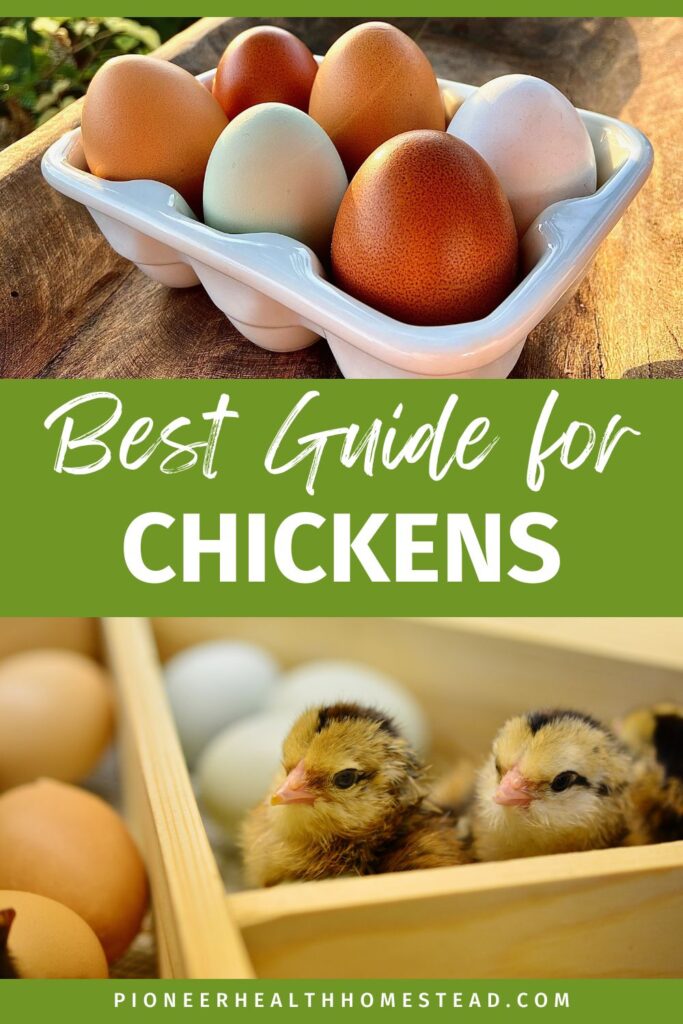
Overview
Simplifying Chick Care by Timing It Right
Choosing the right time to get chicks is a crucial part of ensuring your chickens grow up healthy and happy. By starting in early spring, you simplify the care process and allow your chicks to mature in favorable conditions. With the tips and advice provided, you can confidently start your chicken-keeping journey and enjoy the many benefits that come with raising chickens.
Taking the First Step in Your Chicken-Keeping Journey
As you embark on this exciting adventure, we invite you to share your plans or visit a local farm supply store to choose your first batch of chicks. Remember, with the right preparation and a little patience, you’ll soon be on your way to raising a flock of happy, healthy chickens.
Let me Know!
What breeds are you considering for your flock? Let me know in the comments.

Green Tea Vs Herbal Tea: The Best Complete Tea Guide
Sharing is caring! Facebook Pinterest X Green Tea Vs Herbal Tea: The Best Complete Tea Guide Understanding the Differences Green tea vs herbal tea is a popular debate among tea lovers worldwide. Both offer unique flavors, health benefits, and caffeine content. Tea has a rich history and is enjoyed in many cultures. From Chinese green…
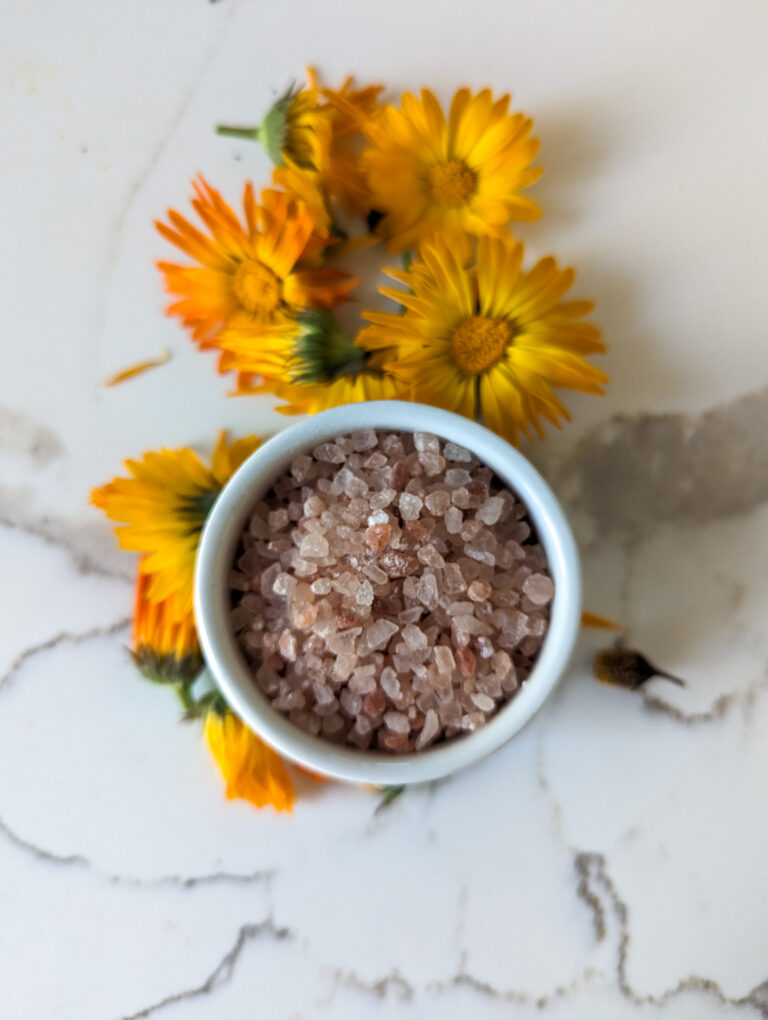
How to Make Bath Salts Without Epsom Salt: Free Recipe
How to Make Bath Salts Without Epsom Salt: Free Recipe How to Make Bath Salts Without Epsom Salt Homemade bath salts without Epsom salt are a great way to enjoy a luxurious soak. You can use natural ingredients like coarse sea salt, baking soda, and pink Himalayan salt for a soothing experience. A relaxing bath…
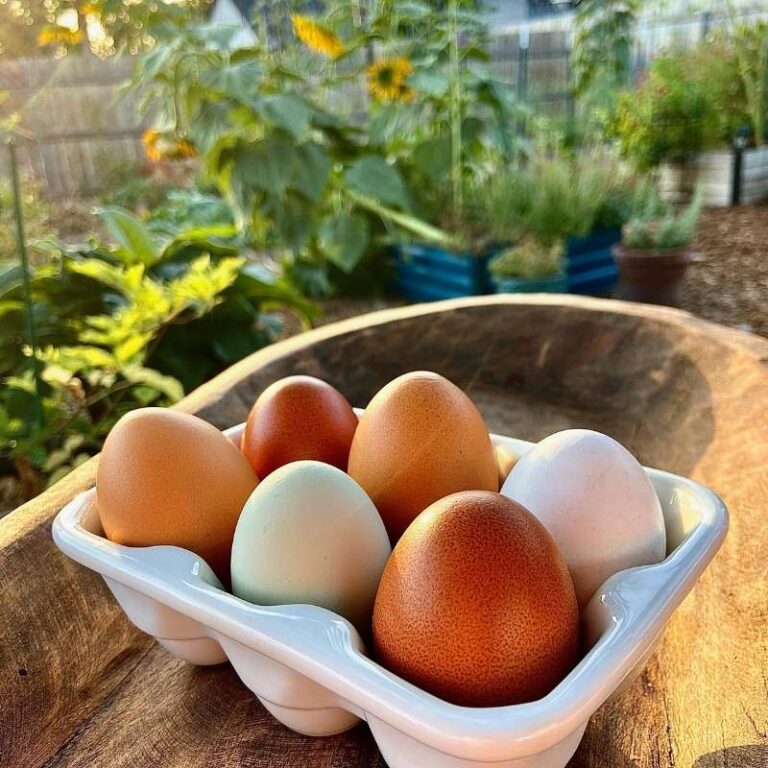
Homesteading in California: How to Start at Any Stage
Homesteading in California: How to Start at Any Stage How Homesteading in California is Possible Homesteading in California is a journey that looks different for everyone, depending on where you live in this vast and diverse state. From the deserts dotted with Joshua trees in the south, to the rugged mountain ranges in the north,…
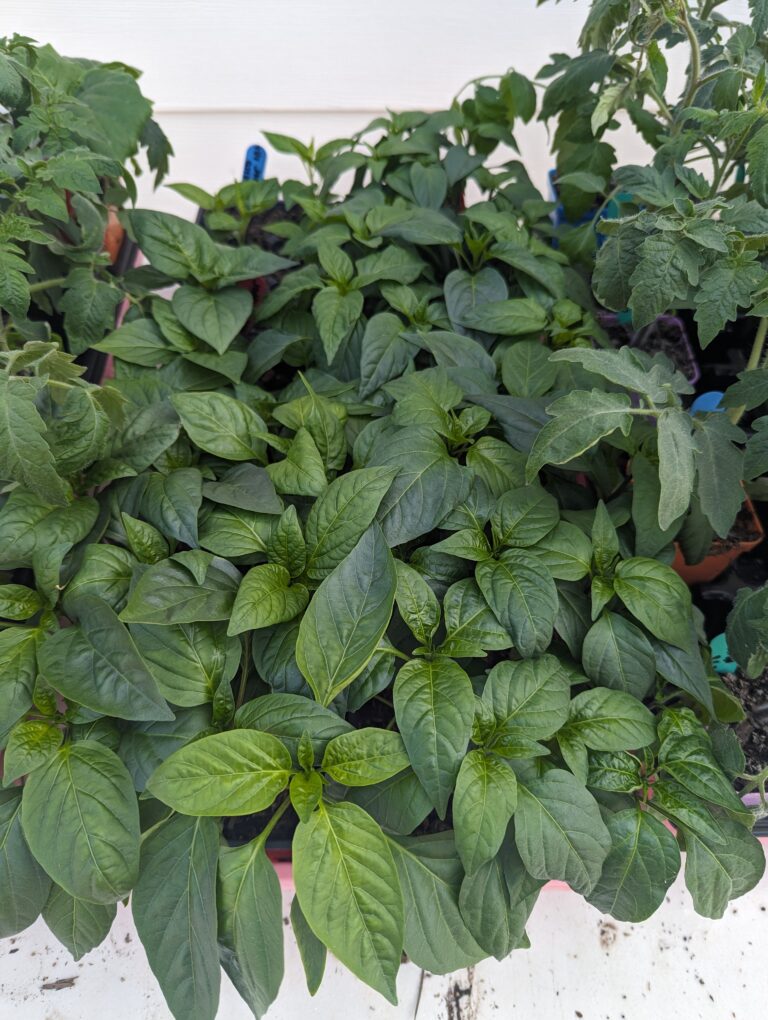
How to Make Peppers Grow Faster: Guide and Easy Tips
How to Make Peppers Grow Faster: Guide and Easy Tips How to make peppers grow faster is a common question among home gardeners seeking to maximize their growing season. Whether you’re nurturing sweet peppers, green peppers, or hot pepper plants, creating ideal conditions is essential for pepper success. The best way to achieve healthy pepper plants…
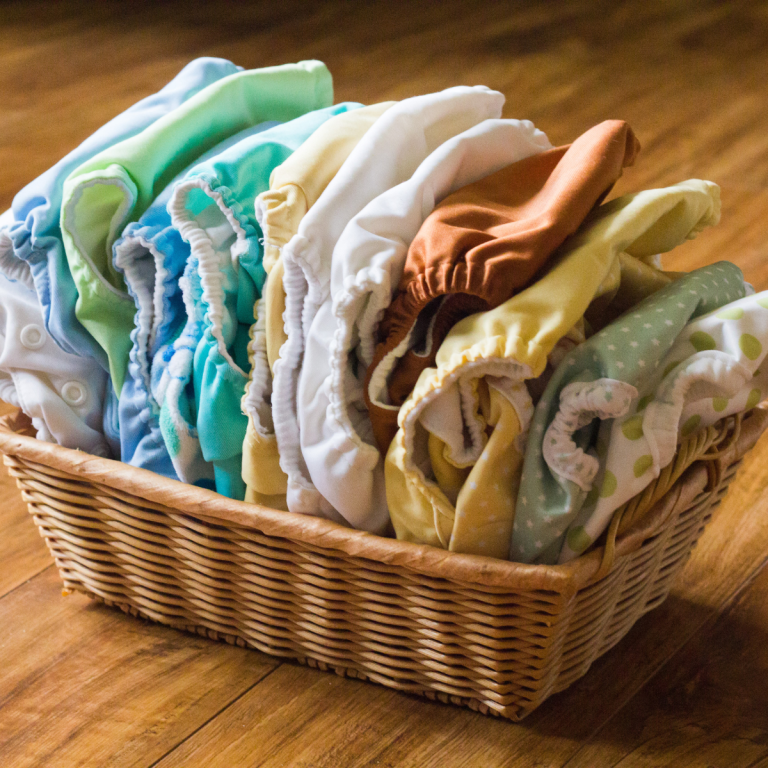
The Different Types of Cloth Diapers: Ultimate Guide
The Different Types of Cloth Diapers: Ultimate Guide The different types of cloth diapers offer a sustainable and eco-friendly alternative to disposable diapers for your baby. As a mom of five and a Registered Nurse, I’ve seen the many benefits of reusable cloth diapers firsthand. This guide will help you understand the major types of…
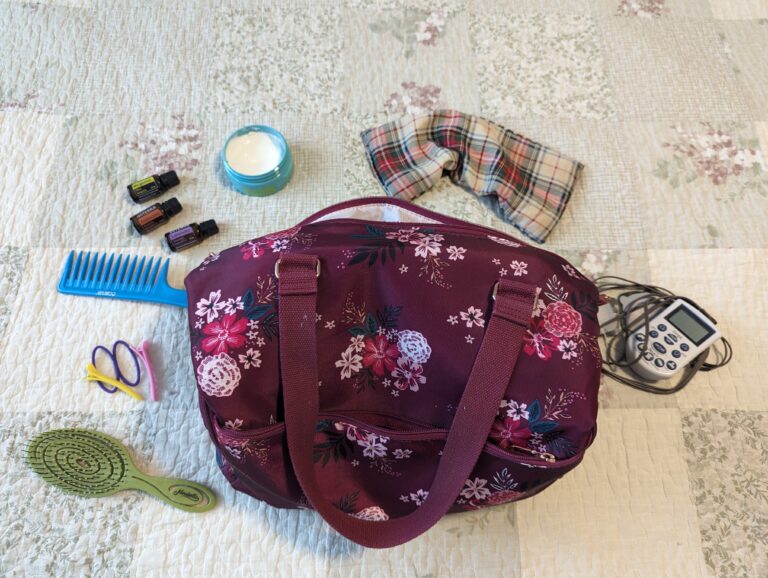
The Best Doula Bag Essentials Kit for Birth and Postpartum
The Best Doula Bag Essentials Kit for Birth and Postpartum The Best Doula Bag Essentials Kit for Birth and Postpartum A well-stocked doula bag is essential for supporting women during birth and postpartum. As a Registered Nurse, mother of five, and former Navy Hospital Corpsman, I’ve experienced the birthing world from many angles. I’ve worked…

